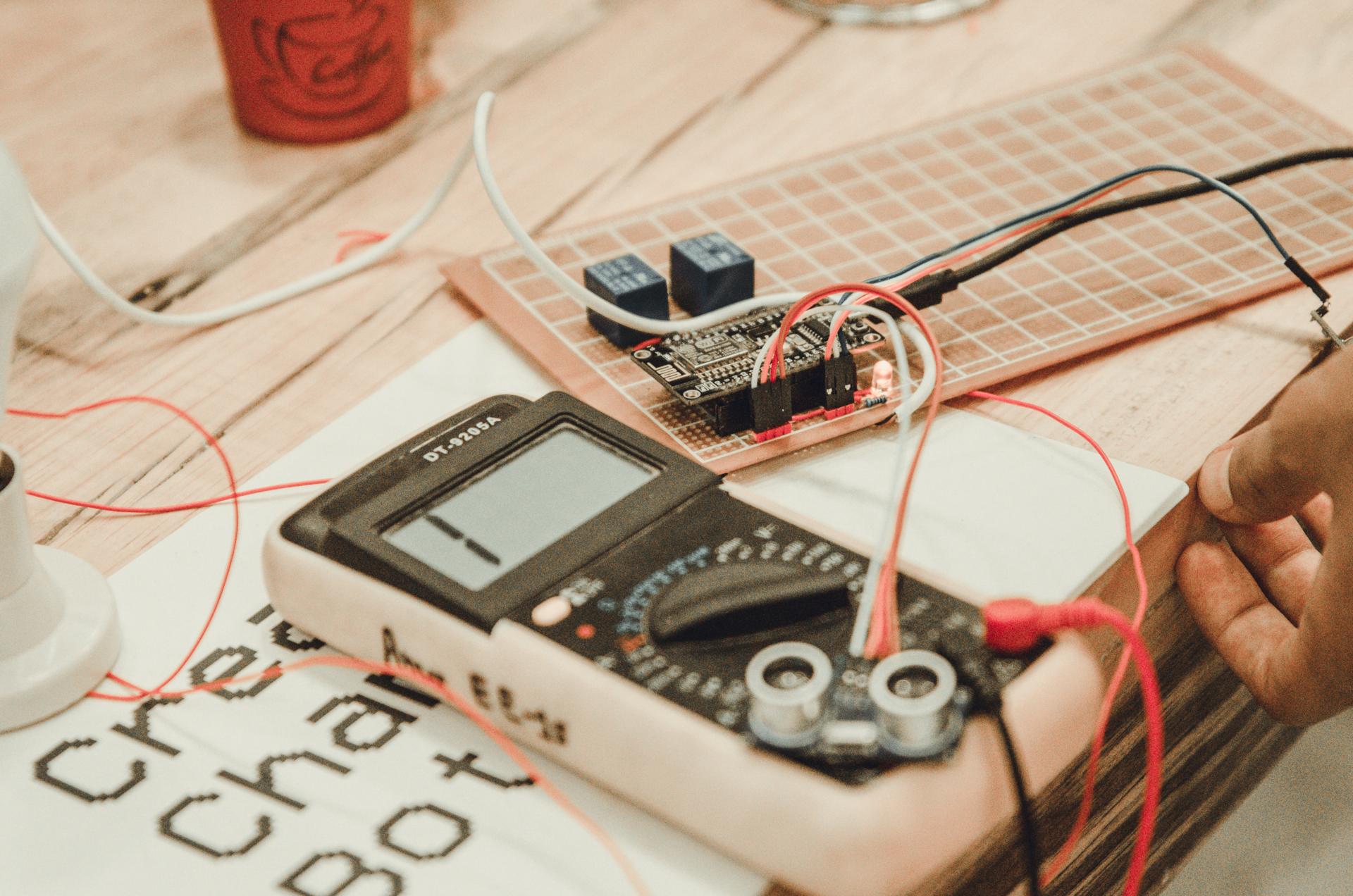Electric Safety Testing in Your House: What You Need to Know

When it comes to home security, one of the primary aspects to be considered is electrical safety. Electrical safety testing is the process of checking the electrical system within your home to ensure that it is safe and in compliance with the latest standards. In this article we’ll give you information on what electrical safety testing are, what tools will be required for conducting them, how to carry out the tests and what warning signs to be aware of.
What’s what is an Electrical Safety Test?
An electrical safety test is the process of checking the electrical system inside your home to verify that it’s functioning safely and correctly. Safety tests for electrical appliances are crucial as they help to in preventing electrical fires and electrical accidents as well as ensure the durability the electrical systems you have.
Tools Needed to conduct an Electrical Safety Test
To conduct an electrical safety check, you’ll need a few essential equipment. These include the voltage tester as well as a continuity tester, circuit tester, and the outlet tester. The voltage tester is used to test for live circuits, whereas the continuity tester is used to check for broken circuits. The circuit tester is used to look for wiring issues as well as the outlet tester is used to detect wiring issues at the outlets. It’s important to use the tools correctly in order to obtain precise results.
How to Conduct an Electrical Safety Test
To perform an electric safety check at your home, follow these steps:
Switch off the power source on the circuit or circuits you’re testing.
Make use of this voltage tester to test for live circuits.
Use this continuity tester to check the integrity of your circuit.
Make use of the circuit tester for checking for wiring faults.
Utilize the tester for outlets to check for wiring problems within the outlets.
During the testing process Be sure to check for evidence of wear or damage on the wires for example, broken or frayed wires burn marks as well as loose or damaged connections. If you discover any problems that need attention, you must address them as soon as possible to avoid potential hazards.
Signs of Electrical Problems to Look Out For
There are many warning signs that could indicate electrical problems in your house. They include flickering light bulbs, frequent circuit breaker tripping and crackling or buzzing sounds emanating from outlets, hot or discolored outlets as well as a burning smell. If you notice any of these signs, it’s important to get to work immediately to avoid any electrical dangers.
Conclusion
Safety tests for electrical appliances are essential for ensuring your safety and family. By conducting regular tests and taking care to address any issues immediately, you can avoid potential hazards to electrical equipment and extend the life of your electric system. If you need assistance with electrical testing and repairs, don’t hesitate to contact Local Electrician Chipping Norton. Our knowledgeable team will offer you expert advice and assistance. Contact us at 1300 610 481 to schedule an appointment or to request a quote.
FAQ Section
How often should I conduct an electrical safety check in my home?
We recommend conducting tests of electrical safety at least once per year.
Can I perform an electrical safety test on my own , or do I need a professional?
Although it’s possible to conduct tests for electrical safety on your own but it’s best to hire an expert to ensure the accuracy of results and prevent potential hazards.
What are the most frequent electrical problems that can be found in an electrical safety test?
The most frequently-repeated electrical issues discovered during a safety check include defective wiring, circuits that are overloaded and obsolete electrical systems.
What should I do if I discover a problem during the electrical safety test?
If you find an issue in the electrical safety test It is crucial to act quickly. This may include calling an expert electrician to fix the problem, or replacing faulty equipment.
